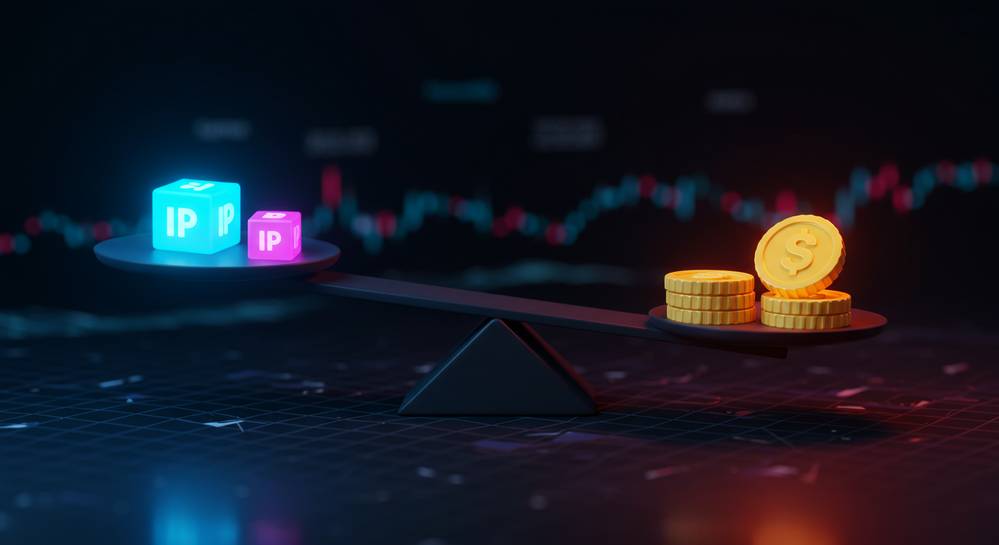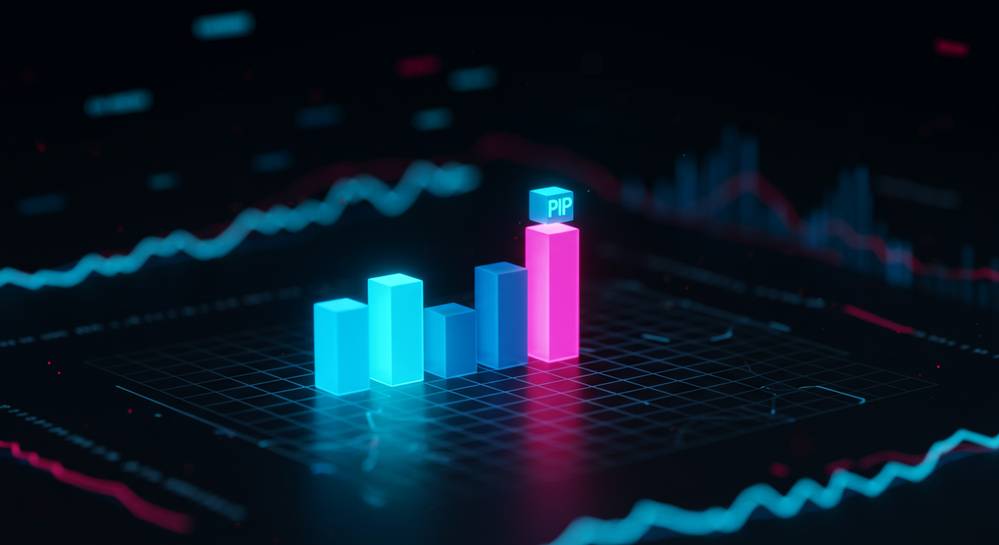Understanding the forex market requires a solid grasp of its basic terminology. At the heart of every trade is the concept of profit and loss, which is measured in tiny increments. This brings us to the fundamental question for any new trader: what is a forex pip? A pip is the smallest unit of price change in a currency pair, and mastering it is the first step toward successful trading.
What does a pip actually represent in forex

What is a forex pip in practice
A pip, an acronym for Percentage in Point, is the smallest standardized unit of price movement for a currency pair. For most major pairs like EUR/USD or GBP/USD, a pip is the change in the fourth decimal place (0.0001). A move from 1.0750 to 1.0751 is exactly one pip. However, pairs involving the Japanese Yen are a key exception, where a pip is the second decimal place (0.01). This distinction is critical for accurate risk management across different markets.
Beyond the pip: Understanding the pipette
Modern brokers often provide even greater precision by quoting prices with an extra decimal place. This smaller unit is called a pipette, or a fractional pip, representing one tenth of a pip. For example, in a EUR/USD quote of 1.07505, the final digit represents five pipettes. While pips remain the standard for discussing price moves, pipettes allow for more precise pricing and spread calculations. Understanding this helps in comprehending the nuances of basic technical analysis.
How to calculate the monetary value of a pip

Factors that determine a pip’s value
A pip’s monetary value is not fixed; it is dynamic and depends on three key factors. These are the currency pair being traded, the size of your position, and your account’s base currency. Because the value fluctuates with the market, understanding how to calculate it is essential for proper risk management. Most trading platforms perform this calculation automatically, but knowing the mechanics empowers you to make more informed decisions before entering a trade.
Calculating pip value by lot size
To simplify calculations, traders use standardized position sizes known as lots. For accounts denominated in US dollars, these lots have generally accepted pip values when the USD is the quote currency. This framework helps in quickly assessing potential profit or loss.
- Standard Lot (100,000 units): A one-pip move is worth approximately $10.
- Mini Lot (10,000 units): A one-pip move is worth about $1.
- Micro Lot (1,000 units): A one-pip move is worth around $0.10.
For example, if you trade one standard lot of GBP/USD and the market moves 15 pips in your favor, your unrealized profit is about $150. This direct relationship between pips and profit is a core part of fundamental analysis of cryptocurrency and forex trading.
Understanding the difference between pips and pipettes
The role of pipettes in modern forex
While knowing what is a forex pip is the first step, modern trading requires understanding its smaller counterpart: the pipette. As electronic trading evolved, brokers introduced this more precise pricing, also known as a fractional pip. A pipette is simply one-tenth of a standard pip, allowing for a more granular view of market movements and tighter spreads. You will see this reflected in price quotes with an extra decimal place.
- Pip: For a pair like EUR/USD, this is the fourth decimal place (e.g., 1.0750).
- Pipette: This is the fifth decimal place, representing a fraction of a pip (e.g., 1.07505).
Therefore, a price move from 1.07505 to 1.07515 is a change of one full pip, or ten pipettes. Although traders typically discuss strategies in terms of pips, recognizing pipettes is crucial for accurately reading your broker’s price feed. This level of detail is fundamental for effective undefined and other assets.
The practical role of pips in a trading strategy

Pips are far more than a simple measurement. They are the foundation of effective risk management and strategic planning in forex. Beyond understanding what is a forex pip, traders leverage this unit to quantify and control the potential outcomes of every position they take.
Defining risk and reward
The most direct application of pips is setting Stop Loss and Take Profit orders. A Stop Loss closes a trade at a specific pip level to cap potential losses. Conversely, a Take Profit order secures gains by closing the trade when a pip target is reached. This disciplined approach helps remove emotion from trading decisions.
Assessing market volatility
A currency pair’s movement in pips over time is a direct measure of its volatility. A highly volatile pair that moves hundreds of pips daily presents more opportunities but also carries greater risk. Analyzing this average pip range helps traders select appropriate strategies and adjust their risk parameters accordingly.
Calculating position size
Prudent traders first decide the maximum capital they are willing to risk on a single trade. By defining this risk in pips, such as a 30-pip stop loss, they can then calculate the appropriate position size. This critical step ensures that any potential loss remains within their financial and psychological tolerance.
Grasping the concept of a pip is an essential milestone for anyone serious about forex trading. It is the universal language for measuring profit, managing risk, and building a coherent strategy. By understanding how to calculate its value and apply it to your trades, you create a solid foundation for making disciplined and informed decisions. To deepen your market knowledge, explore the expert insights available at Crypto Market Pulse.


